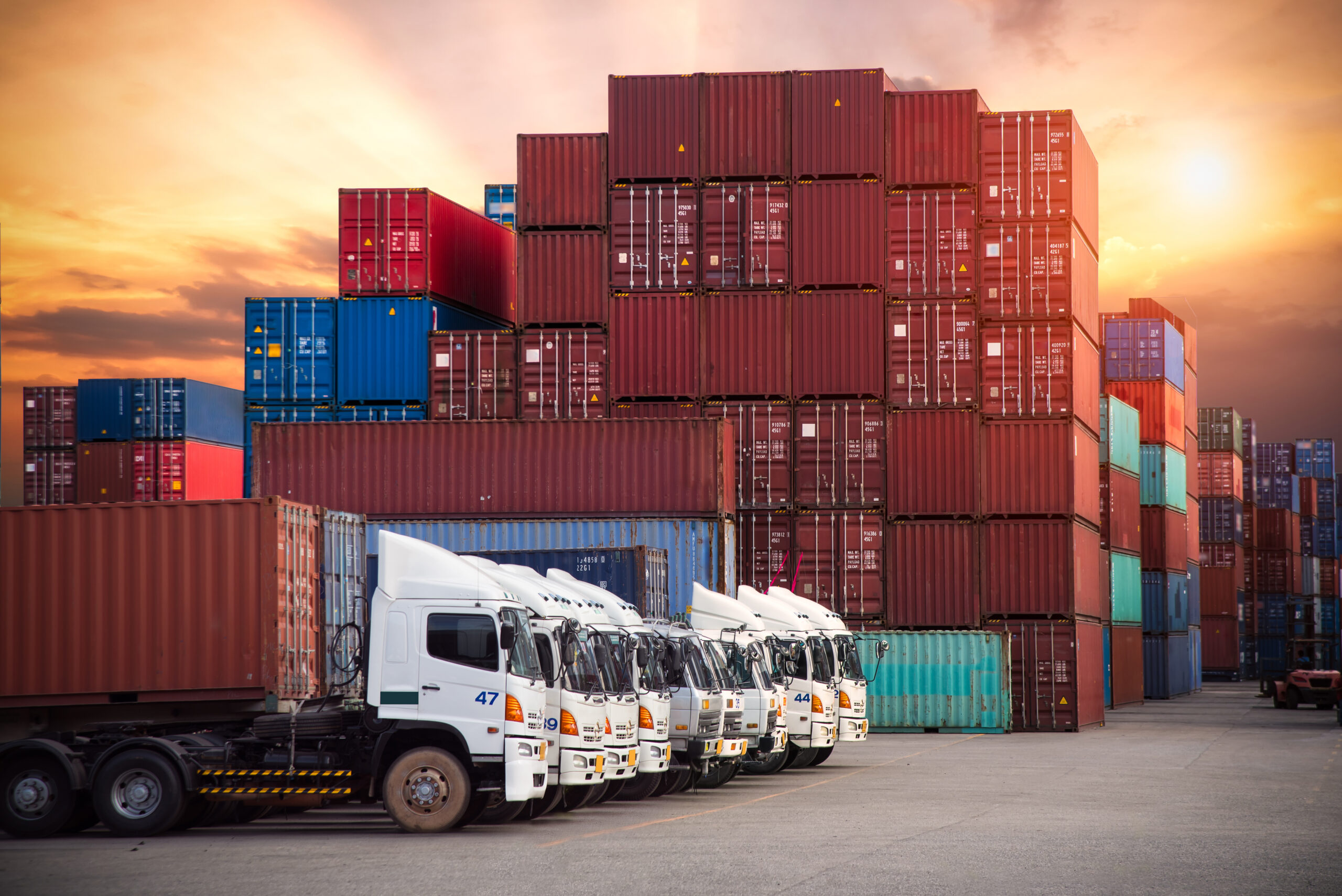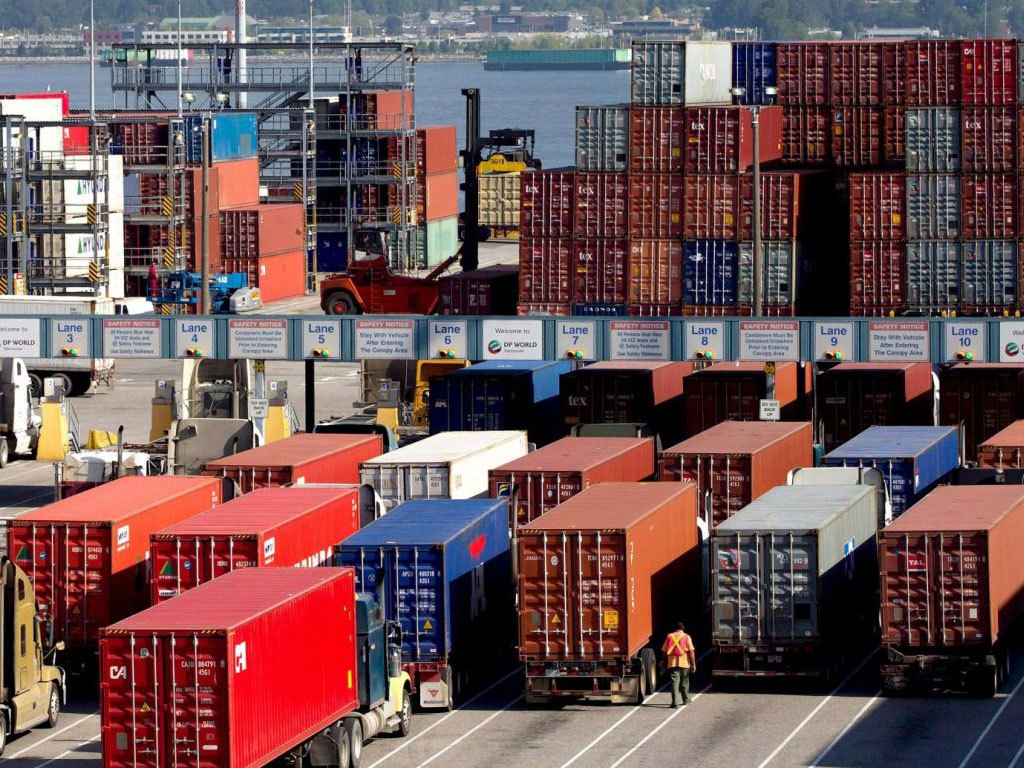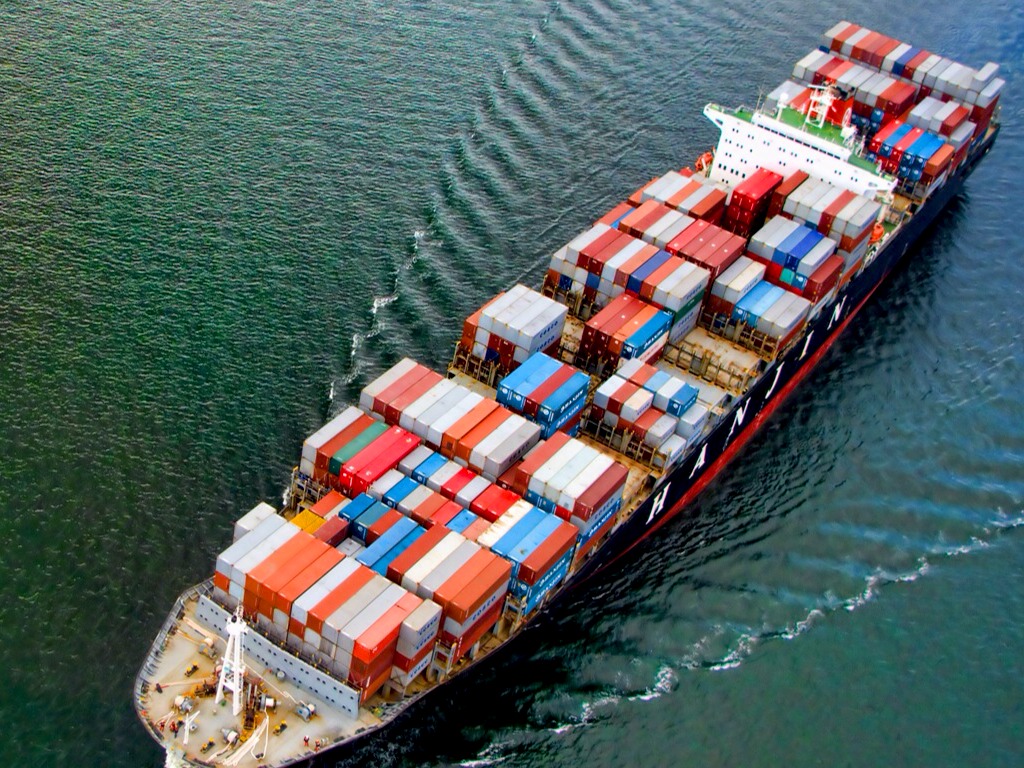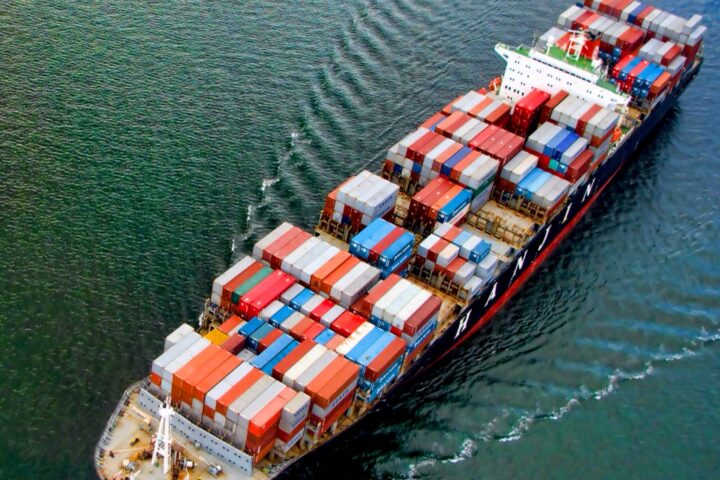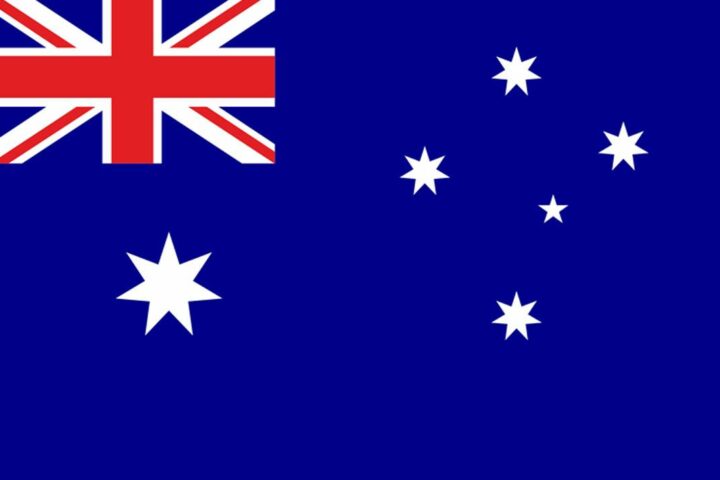Introduction to Australia’s Major Exports
Australia is renowned for its diverse range of exports, which play a pivotal role in its economy. This guide delves into the primary export categories, key markets, economic impact, and fascinating insights into Australia’s export landscape.
What are Exports?
Exports refer to goods and services produced domestically and sold to foreign markets. They are crucial for generating income, fostering economic growth, and enhancing international trade relations for Australia.
Australia’s Major Export Categories
Minerals and Resources
Australia is a global leader in mineral exports, particularly iron ore, coal, natural gas, and gold. These resources are essential for global industrial and energy sectors, driving significant export revenues.
Agricultural Products
Australia exports a diverse range of agricultural products, including wheat, barley, beef, dairy products, wool, and wine. These exports highlight Australia’s agricultural prowess and global demand for quality produce.
Services and Education
Education-related services, including international student tuition fees, are significant exports for Australia. The country also exports professional services in finance, tourism, and healthcare sectors.
Manufactured Goods
Manufactured goods such as machinery, vehicles, and pharmaceuticals contribute to Australia’s export portfolio, showcasing its advanced manufacturing capabilities and innovation.
Key Export Markets and Trade Partners
Australia’s major export destinations include:
- China: Largest market for Australian exports, particularly minerals and agricultural products.
- Japan: Significant importer of Australian coal, natural gas, and minerals.
- United States: Imports Australian beef, wine, and pharmaceuticals.
- South Korea: Importer of Australian coal, iron ore, and agricultural products.
Economic Impact and Trends
Economic Contribution of Exports
Exports are vital to Australia’s economy, contributing to GDP growth, employment, and investment. They help balance trade deficits and strengthen Australia’s position in global markets.
Trends in Australia’s Exports
Australia’s export profile evolves with global economic trends, technological advancements, and shifts in consumer preferences. The country’s ability to adapt and innovate in key export sectors is critical for sustained growth.
Fun and Interesting Facts
- Australia is the world’s largest exporter of iron ore and coal, essential for steel production and energy generation globally.
- The export of Australian wine has grown significantly, with over 60% of wine exports going to the United Kingdom, China, and the United States.
- Kangaroo meat is exported to various countries, primarily in Europe and Asia, showcasing Australia’s unique export offerings.
Frequently Asked Questions (FAQs)
What are Australia’s top three exports?
Australia’s top exports include iron ore, coal, and natural gas, collectively contributing a substantial portion of its export earnings.
How do exports benefit Australia’s economy?
Exports contribute to economic growth by generating revenue, creating jobs, attracting foreign investment, and promoting international trade relations.
What challenges do Australian exporters face?
Australian exporters face challenges such as currency fluctuations, trade barriers, global competition, and logistical complexities in accessing distant markets.
What are major exports from Australia?
Australia’s major exports include minerals such as iron ore, coal, and natural gas, agricultural products like wheat, barley, and beef, as well as services such as education and tourism.
What is Australia’s most famous export?
Iron ore is arguably Australia’s most famous export, as the country is one of the largest producers and exporters globally, supplying critical raw materials for steel production.
Why does Australia export so much?
Australia exports extensively to leverage its abundant natural resources, meet global demand for minerals and agricultural products, bolster economic growth, and diversify its trade relationships.
What is Australia’s biggest export to India?
Australia’s largest exports to India include coal, gold, copper ores, education-related services, and agricultural products like pulses and wool.
Which country is Australia’s biggest export partner?
China stands as Australia’s largest export partner, importing significant quantities of minerals, agricultural products, and other commodities crucial to its industrial and consumer needs.
What does Australia buy from India?
Australia imports a variety of goods from India, including refined petroleum, gems and jewellery, pharmaceutical products, textiles, and machinery and parts.
How much of Australia’s GDP is export?
Exports contribute significantly to Australia’s GDP, with goods and services exports combined typically accounting for around 20% to 25% of the country’s total economic output.
What is the best product to export from India to Australia?
India exports a range of products to Australia, with prominent items including gems and jewellery, pharmaceuticals, textiles, machinery and parts, and agricultural products like rice and spices.
Conclusion
Understanding Australia’s major exports provides valuable insights into its economic strengths, global competitiveness, and strategic trade relationships. By leveraging its abundant resources and diverse export capabilities, Australia continues to play a significant role in the global economy.
- Austria Major Imports - June 28, 2024
- Currency in Austria - June 27, 2024
- Austria Airports - June 26, 2024

